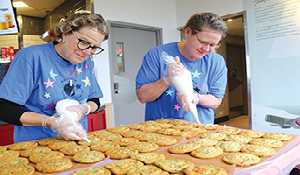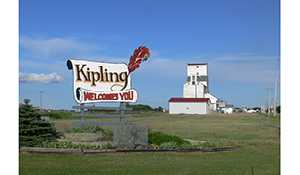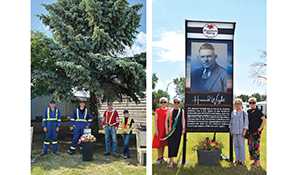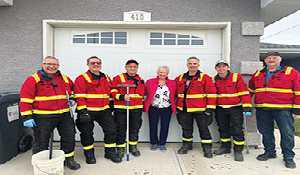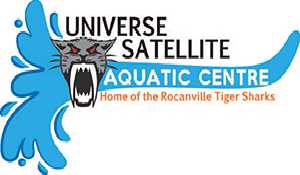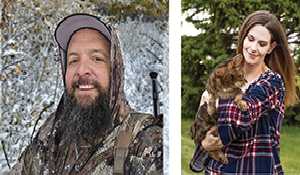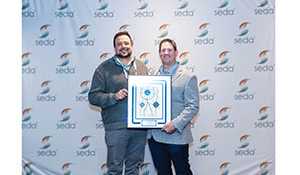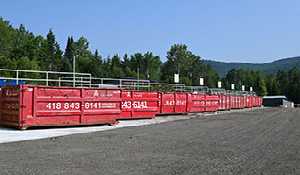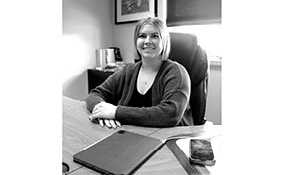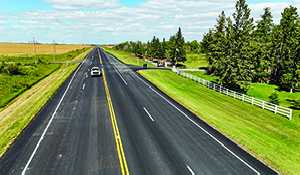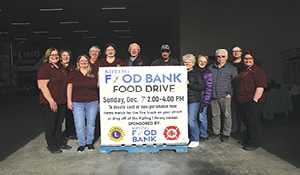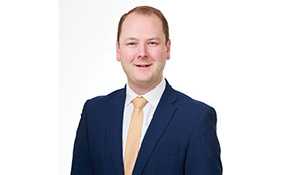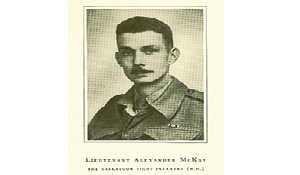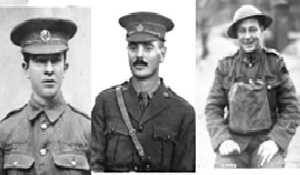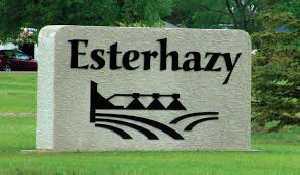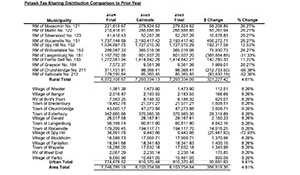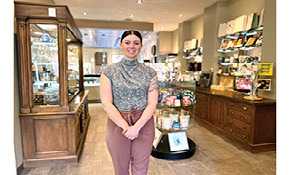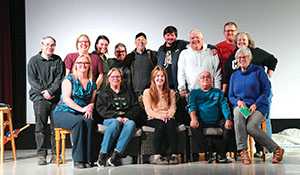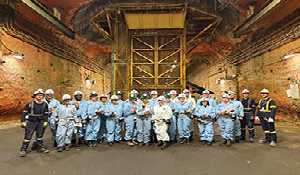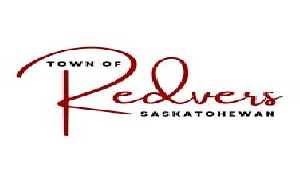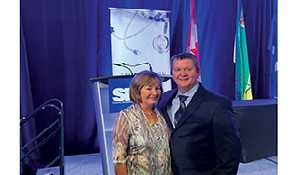GeoVenture gives Sask educators unique perspective on mining operations
November 3, 2025, 1:08 pm
Ryan Kiedrowski, Local Journalism Initiative Reporter


Every year teachers across the province exchange a week of their summer outside of the classroom for a chance to learn about advancements in the mining industry.
Organized by the Saskatchewan Mining Association, GeoVenture is a seven-day, cross-Saskatchewan exposure mission that allows educators to discover what the mining industry in the province is all about. From going underground and learning about potash at Mosaic K3 near Esterhazy, how coal is extracted at Westmoreland Poplar River in the Coronach area, to the northern uranium facilities at Cameco Cigar Lake and Orano McClean Lake, it’s a whirlwind once-in-a-lifetime chance for them to learn about the industry and spread the word.
“It’s surprising how much people don’t know, and it’s surprising a lot of teachers still don’t know today,” said Pam Schwann, President of the SMA. “So if they don’t know, their students aren’t going to get that opportunity.”
Previously, the GeoVenture program was known as the Teacher’s Tour— something that has been in existence for almost 50 years.
“It was a way for teachers to see firsthand what was involved in a mining operation, as well as to see all the different geographic regions where mining happens in Saskatchewan,” Schwann explained. “This is a way to raise public awareness, but also because teachers have such an influence, it was a way to sustainably teach their kids in their classrooms more about the mineral resources of Saskatchewan.”


Mining is found throughout the Saskatchewan education curriculum, and giving teachers the tools they need to accurately depict the current operations in Saskatchewan is an important mission.
“Mining is all throughout the Saskatchewan curriculum,” said David Potts-Schwinghamer, GeoVenture Program Manager who was previously a teacher himself.
“In Grade 4, you learn about rocks; in Grade 5 and 6, you learn about our Saskatchewan resources in Social Studies. You come back to rocks in Grade 7; in high school, obviously chemistry has heavy applications, but Earth Science 30, Career Ed, there’s all these places in the Saskatchewan curriculum that touch on the mining industry. When you become a teacher, it’s your job to teach these things.”
The beauty of the program is that it’s no cost to educators, save a $50 application fee.
“We know teachers don’t have a lot of money,” Potts-Schwinghamer said. “They spend money out of pocket on things, so when we build resources for teachers, they’re not only curriculum correlated, but they’re free or very low cost—supplies that you can source from the school kitchen.”
An example of a hands-on project for the classroom is the Potash Kit that educators get to take home with them after the week has wrapped.
“In Grade 7 Science, one of the units is on mixtures and solutions,” Schwann said. “What better example if you’re from Saskatchewan to talk about mixtures and solutions than potash. That’s the premise of our Potash Kit—you can dissolve the potash, find out how much clay is in there, and you can take it all the way up to Grade 10 when you start talking about solubility curves. It’s an opportunity to tie that Saskatchewan product into the curriculum that students need to learn anyway, and what a great way to raise the awareness of that.”
Creating those linkages between the resources in the GeoVenture program and the current curriculum is a stand-out feature.
“Everything is curriculum correlated for educators, it’s not what somebody might think they need,” Schwann said. “We’re going to give you those resources, it’s actually what they need. It’s free, and we try and make it as accessible.”
Teacher’s perspective
Every year, the GeoVenture program has room for 20 educators from around the province, with 17 in this summer’s intake. From August 9 to 15, the group embarked on a quest with stops along the way to scenic destinations that some simply might not have the opportunity to visit.
Included in this year’s group was Laura Sveinbjornson, who has been teaching at Langenburg Central School for 12 years.
“It was so cool,” Sveinbjornson said. “It was the coolest thing I think I’ve ever done in the professional development world—very interesting!”
She learned about the GeoVenture program online during some down time.
“Strangely enough, I was just scrolling on Instagram and I saw an advertisement for it,” Sveinbjornson explained.
Curious, she decided to learn more about GeoVenture through the SMA website.
“I read the descriptor of what they gave, and I thought, ‘this is so interesting’,” she recalled. “I didn’t think I was going to get picked, to be completely honest, because that’s too good to be true, right? It’s something that you never get to experience, and yes, I got lucky and I got asked to join them.”
While Sveinbjornson grew up in the area, hailing from Churchbridge, she didn’t have an in-depth knowledge about mining until the GeoVenture experience.
“It’s nothing that I’ve experienced before,” she said. “Being from this area, you know how important the mining industry is, specifically potash mining, but I’ve never had the opportunity to go underground.”
It’s difficult to sum up the totality of GeoVenture, as Sveinbjornson recounted her seven days with the group. Going underground at Nutrien’s Scissor Creek potash mine near Rocanville and having the experience of travelling far below the surface in the cage was one of the first things that stood out.
“I know quite a few people that work there and you hear them talking about work,” Sveinbjornson said. “The cage was interesting to me, because everybody talks about going in the cage and taking their trip down. First of all, I couldn’t get over how smooth the elevator was! We came out, I actually couldn’t get over the fact that it was such a large space, the ceiling. I don’t know how tall the ceiling was, but it had to be at least 20 feet tall—not what I was expecting!”
Another remarkable tour was to Westmoreland’s coal mining operation near Coronach and she was surprised at how environmentally friendly their operation is.
“When they are mining in the open pits, they’re really focused on reclaiming the land to make it look like they hadn’t been there and keeping their footprint very small,” Sveinbjornson said. “It was so interesting to see, you would have never known that they had dug there because the land had been reclaimed.”
Up north, Cameco’s Cigar Lake uranium mining operation showed the uniqueness of the industry as going underground there was not the same as what the group saw underground in a potash mine.
“That was interesting because their mining is very different than what potash mining is,” Sveinbjornson said. “They can only do so much at a time, and their big struggle is water because of how much water is up north. They’re constantly trying to figure out the best methods, make sure everybody’s safe, and the equipment was so different; everything was so different there than typical potash mining.”
The GeoVenture group was filled with a variety, comprised of educators from elementary, middle, and high school backgrounds, plus career counsellors, each able to take away many new fascinating items to share with their classes.
“With my Grade 7 Science course and Social Studies course, we talk a lot about resources and wealth, how provinces and communities have money, or what does power look like?” Sveinbjornson said. “We often talk about our resource sector and there’s so much that we have to offer. Now, I have new things to add to that list, things that I can better explain.”
A big part of that relaying of knowledge goes back to the basic hands-on approach.
“In science specifically, there’s a whole unit based on Earth and the minerals found in Earth’s crust,” Sveinbjornson said. “They gave us so many resources, and I get to now update my unit, because you do your best with the knowledge that you have, but now I actually have the pictures, I have the tactile material, I have the people I can contact right now, I know exactly who to ask if I have questions, if I want more resources. It’s super relevant to what I’m doing.”
One common thread Sveinbjornson noticed through each place the GeoVenture group visited was the authentic positivity everyone seemed to carry.
“Every single person we talked to was so enthusiastic, shared all their knowledge, were so gracious, and that networking is important, too,” she said. “Even Pam and David—they were phenomenal. They did such a good job organizing. There is not one negative thing I can say about this experience. It was truly phenomenal!”
Ever-evolving program
The GeoVenture tours throughout the years have changed in scope simply due to advancements in technology. That ongoing program development continues as the organizers at the SMA are constantly tweaking the week-long professional development.
“We try and make it not just a fun thing to be on, but something they’re going to be able to use in their classrooms,” Schwann said. “It has changed a bit, it will keep changing and right now, it’s a good cycle. But we don’t get up to our gold mine, and we’re going to have a copper and zinc mine that’s producing soon. Our struggle is always, ‘how much can we fit in a week?’ because going longer than that is difficult.”
It is a fine balance to tell the story of mining in Saskatchewan, but stick to a reasonable timeframe for the educators.
“We’re asking for a week of their holiday time, so we need to make it really worthwhile and not make it so long that they just can’t make that commitment,” Schwann said, adding that last year, the question of establishing two trips being three days in duration, but with possibly different experiences was raised. “They wanted one trip because there is nothing they wouldn’t want to drop. The schedule really depends on our sites and when they are open to us being there.”
Whatever changes happen in GeoVenture, there’s no question that educators hold the experience dear.
“We had a teacher this year, a science teacher that is going to be in Milestone this year, her grandma went on the program in 1995,” Schwann recalled.
While flying to visit the operations in northern Saskatchewan, the teacher told Schwann how her grandmother gave her a 50-page binder filled with pictures of the tour taken 30 years prior.
“This lady’s kept this for that long because it meant that much to her,” Schwann said. “We’re pretty sure that the enthusiasm we see from the educators on this tour translates into the classroom for many years after.”
Part of the GeoVenture evolution is through feedback obtained by previous participants and the companies the SMA works with during the tour.
“The questions people ask to help us learn more,” said Potts-Schwinghamer. “We get the privilege working with so many amazing companies, but there’s just always more to learn. I truly enjoy their questions, and I’m learning all the time, too.”
There were around 40 applications to the GeoVenture program this year, with 20 accepted. Due to a few last-minute cancellations, the final group numbered 17.
“The applicants are all over the province, and keeping a geographic mix goes into how we select people,” Potts-Schwinghamer said. “We want representation from the whole of Saskatchewan, and I think it benefits everyone to see different parts of the province and the scope of the industry that occurs here.”
With all the work that goes into GeoVenture, comments like Sveinbjornson’s enthusiastic descriptor “felt like summer camp!” make the program all the more worthwhile.
Tweet
